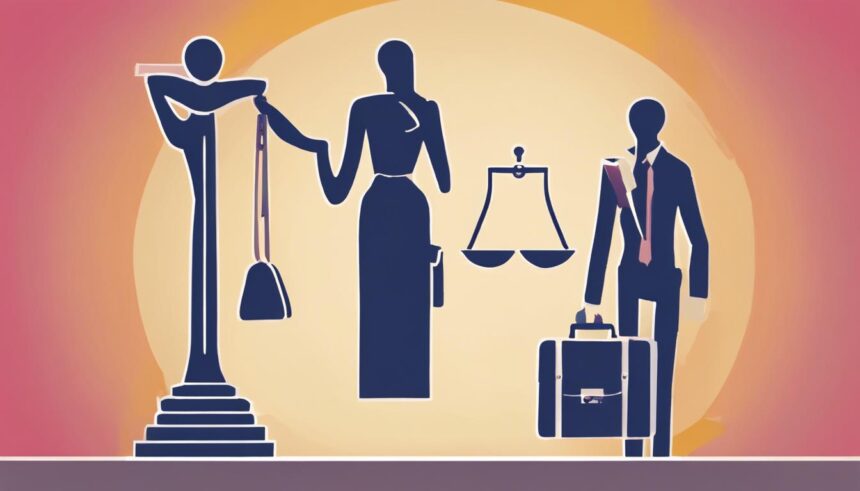A new study by HiBob highlights the ongoing gender disparity in promotions, pay, and leadership opportunities in US corporate environments, showcasing a significant perception-reality gap.
In an era where corporate America is reckoning with demands for fairness, transparency, and equality, a new study led by HiBob—the creators behind the innovative HR platform Bob—sheds light on the nuanced realities of women professionals in the modern US workplace. Despite steps towards progress, the report uncovers a disparity between the perceptions of male and female professionals regarding key issues such as pay, promotions, and leadership opportunities, suggesting that perceptions are not always aligned with reality.
The study titled “Women Professionals in the Modern US Workplace” comes at a crucial juncture, following a year where regulatory pushes for salary transparency and pay equity were at the forefront of corporate agenda. This initiative coincides with a broader movement towards dismantling systemic barriers to equality in the workplace, which has seen varying degrees of success across industries.
Key Findings:
Pay and Promotions:
The disparity in perception is stark when it comes to promotions and pay increases. While a majority of men (80%) believe that promotions are doled out equally between genders, only 61% of women share this view. A significant 35% of women feel that men are promoted more frequently or quickly than their female counterparts. Furthermore, the study reveals that in 2023, 50% of male respondents received a promotion with a pay rise, compared to just 34% of women, pointing to a tangible divide in advancement opportunities.
Benefits:
Benefits and working conditions also show a marked gender disparity. The report highlights a noticeable demand for improved parental leave terms and more time off, with 41% of participants identifying this as a priority over other benefits like health coverage or flexible hours. Interestingly, men are three times as likely to receive a benefits increase compared to women, exacerbating the existing imbalance in work-life support mechanisms between genders.
Female Leadership and Exposure:
Visibility and development of female leadership also present areas of concern. Only 53% of men versus 38% of women feel that their company has made a visible effort to cultivate more female leaders in the past year. Moreover, a mere 33% of women believe their company has achieved a balanced male/female leadership ratio, depicting a gaping shortfall in gender representation at the helm.
These facets underscore a broader issue: a significant portion of respondents noted that their organizations do not share salary information openly (82%), and many women (22%) feel that working mothers are less likely to be promoted. This lack of transparency and perceived inequality not only hampers progress towards gender parity but also signals an urgent need for businesses to reassess their policies and communication strategies.
Ronni Zehavi, co-founder and CEO of HiBob, emphasizes the importance of reports like these in dispelling myths and confronting the harsh realities faced by professional women. As businesses strive to navigate the complexities of modern HR demands, it becomes imperative to address these discrepancies head-on, creating a more equitable and inclusive workplace environment.
This study serves as a critical reminder of the work that remains in achieving gender equity in corporate America. It highlights the importance of fostering open dialogues, implementing equitable practices, and ensuring transparency within organizations to bridge the perception-reality gap. In doing so, it hopes to pave the way for a more inclusive and balanced corporate culture, where every professional—regardless of gender—has the opportunity to thrive.





